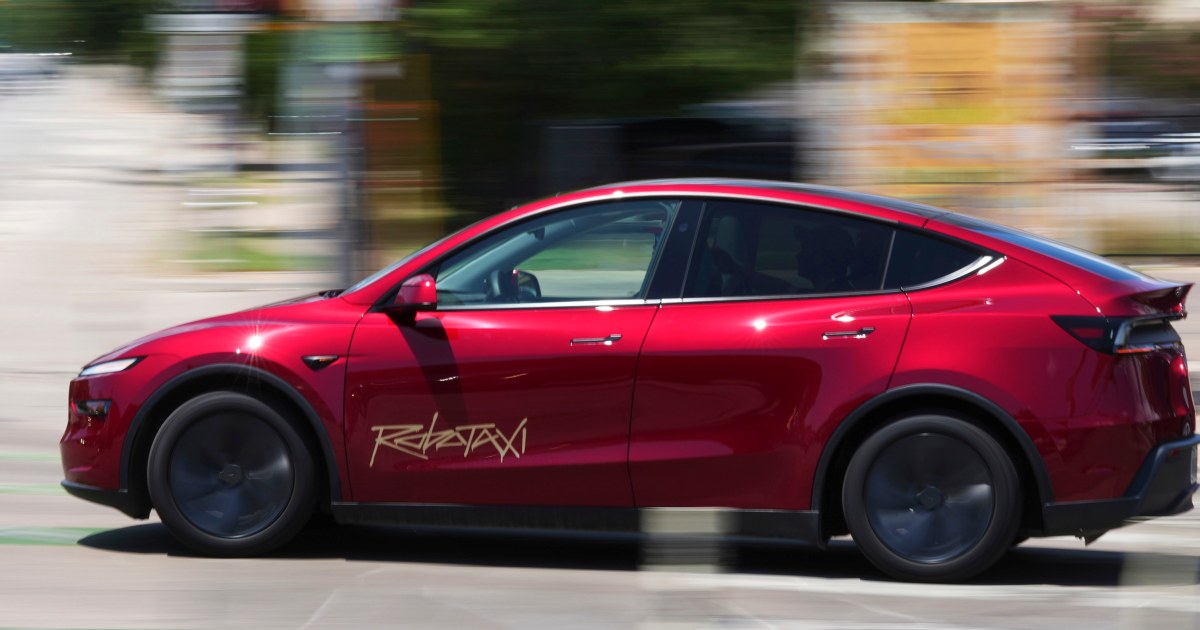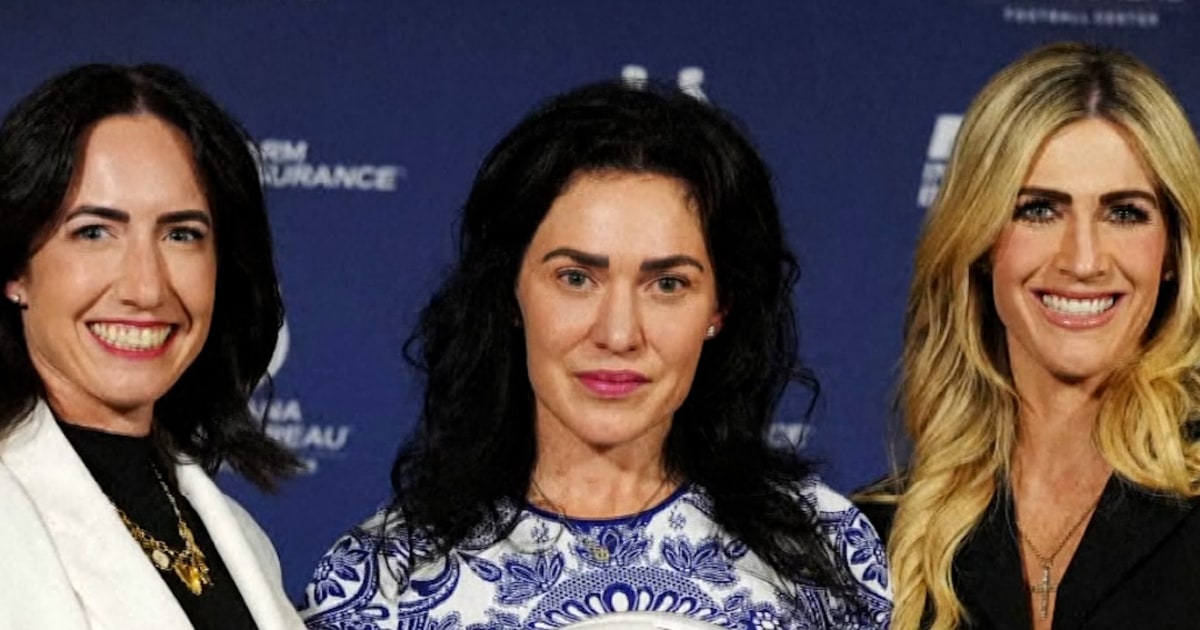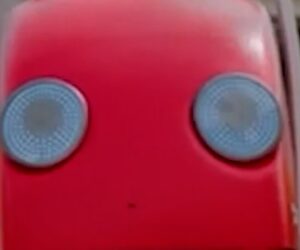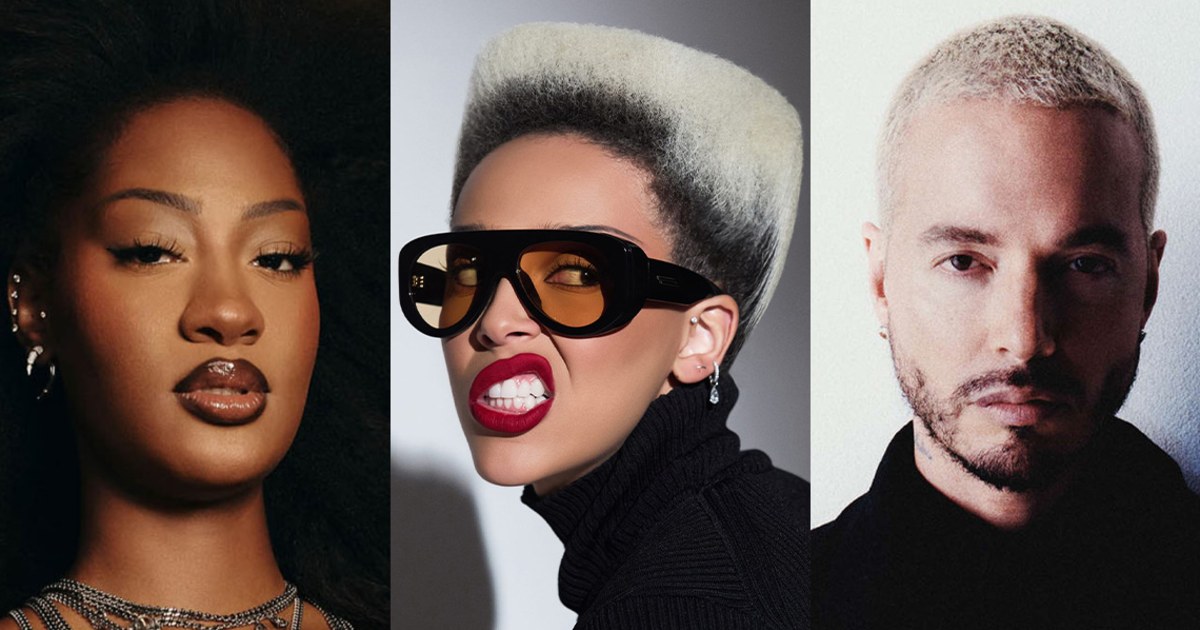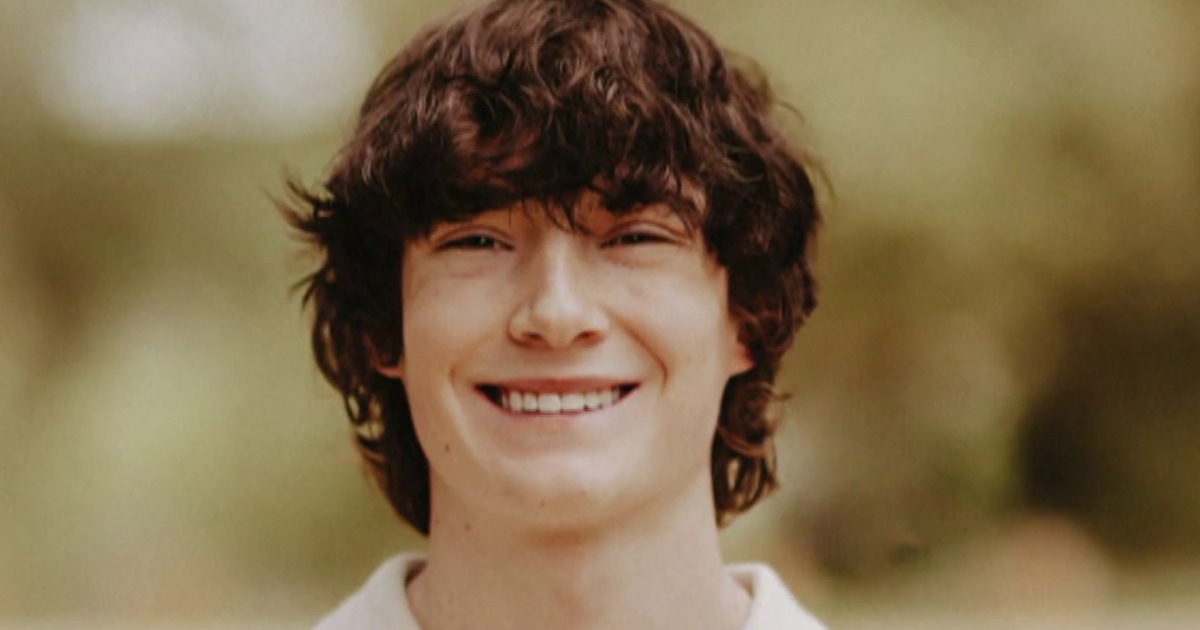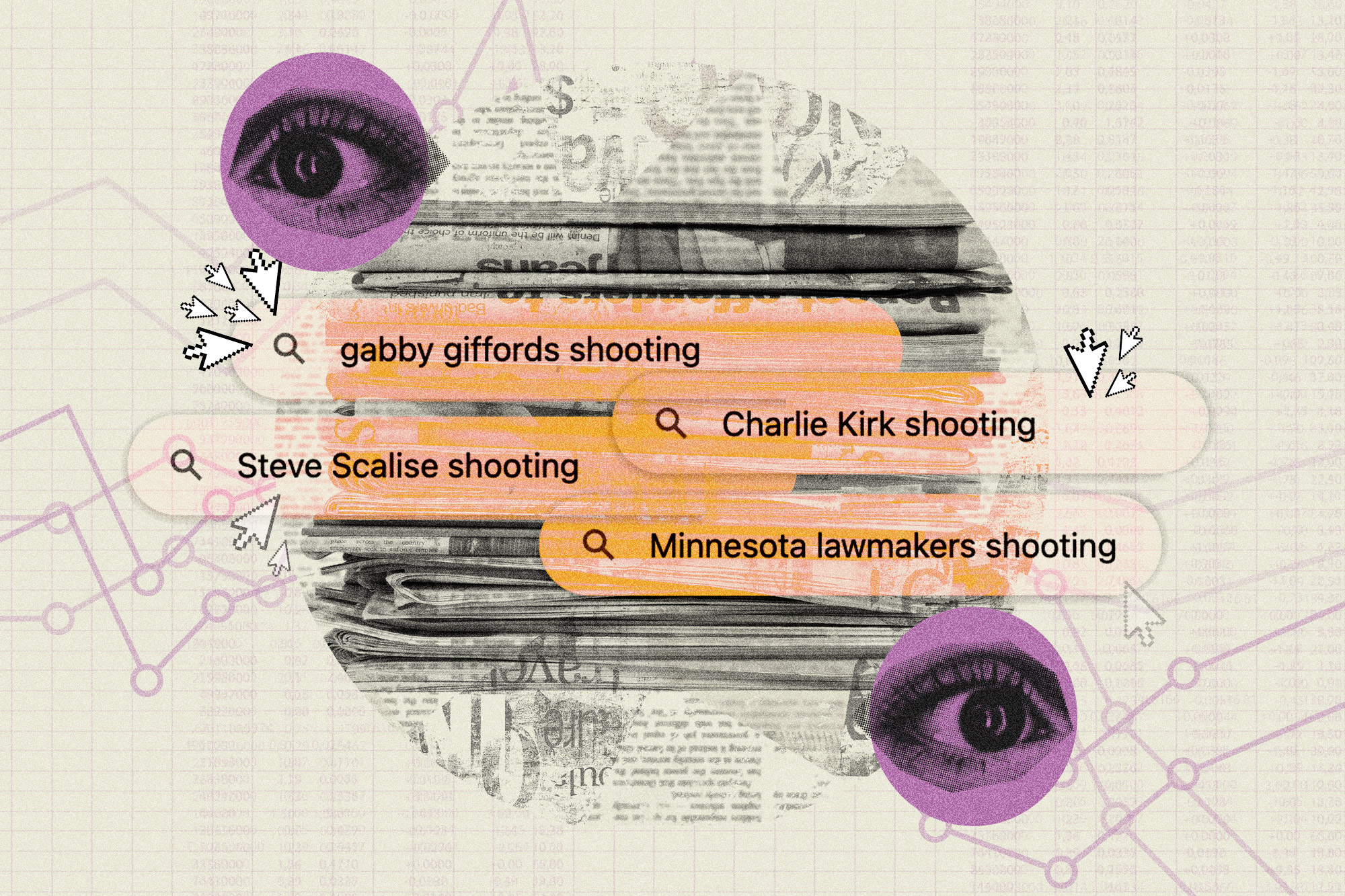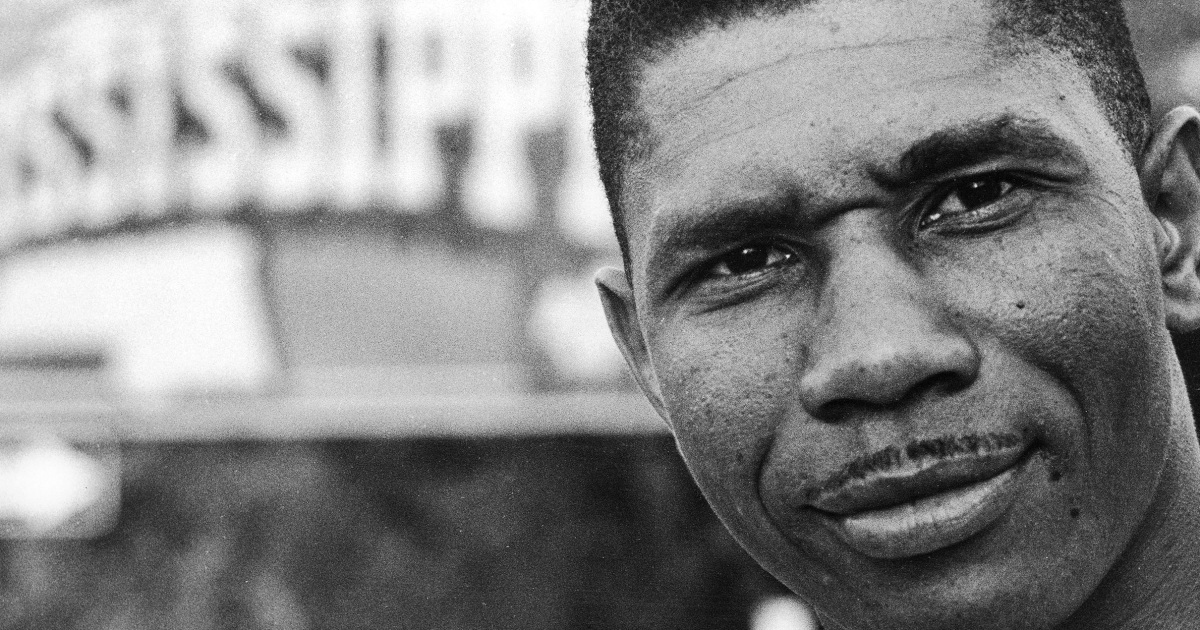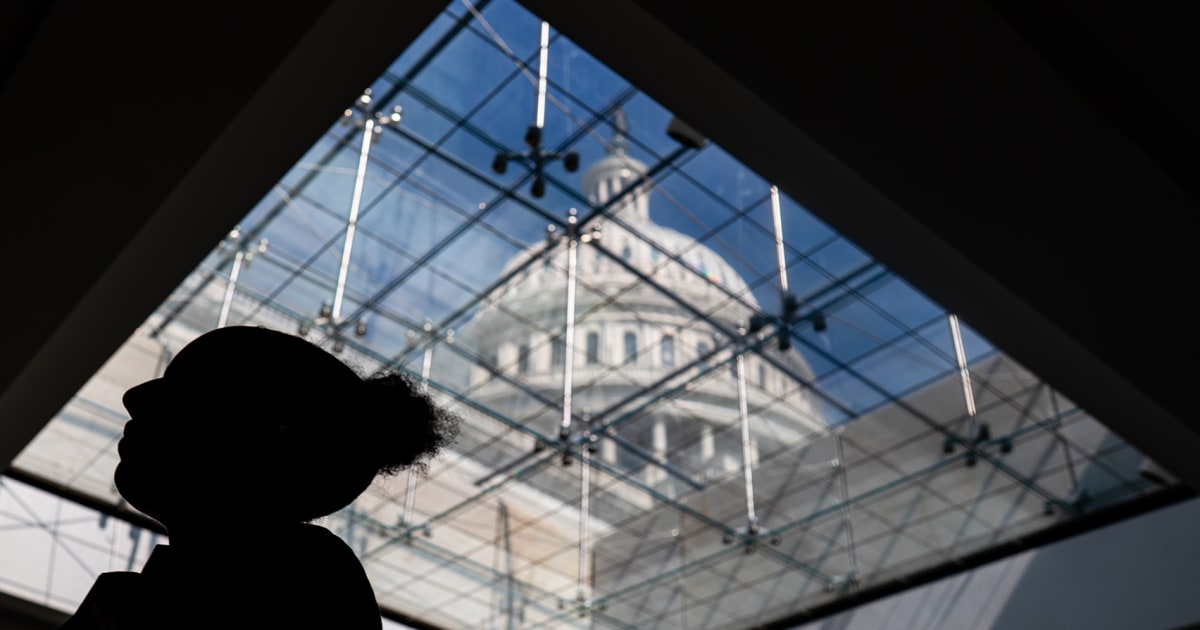Two weeks into Tesla’s robotaxi prototype rollout on the streets of Austin, Texas, a string of viral videos showing apparent mishaps and the severely limited access to the service have caused a cloud of confusion and concern around the vehicles and their safety.
Tesla launched its Austin service on June 22. People who’ve gotten an invitation, a group that appears to be composed largely of influencers adjacent to and acolytes of CEO Elon Musk, use an app to call for a ride, similar to ride-hailing apps Uber and Lyft. Each ride costs $4.20, a cannabis-associated number that Musk frequently uses.
The service is somewhat of a prototype. Although no human is in the driver’s seat, each car has a company employee in the front passenger seat who can stop the car with a button if there are safety concerns. Tesla says its experimental software is driving the vehicles.
Experts in the field of autonomous driving say it’s too early to judge the success or failure of the venture. Federal regulators and some local and state politicians say they’re concerned about several incidents — documented on camera and shared on social media — where the cars appeared to break traffic laws or put people in danger. Some people who’ve used competing robotaxi services, such as Google spinoff Waymo, yawned at what they considered old technology. Even the stock market shrugged off the launch, with no lasting imprint on Tesla’s share price.
Tesla did not respond to requests for comment on how the service is going. Several key metrics, such as how many miles it has driven and how often Tesla employees need to intervene with the driving software, remain mysteries. Because the service operates only in Texas, where there are currently minimal rules surrounding autonomous vehicles, the company is not required to report such information to regulators at any level of government.
In the first days of the rollout, videos of Tesla robotaxis appearing to violate traffic laws or behave oddly proliferated online. In one, a Tesla dropping off a passenger did so in the middle of an intersection. In another, a Tesla drives on the wrong side of a double yellow line. In at least two videos, its robotaxis are traveling faster than the posted speed limit. And in several examples, the Tesla cars brake suddenly and passengers say they were confused as to why.
In all, NBC News found 13 instances in videos online where a Tesla appeared to break the rules or otherwise make a mistake. In each case, NBC News contacted the people who made the videos but did not hear back.
Some elected officials in Austin said they’re worried about the incidents.
“There are just a lot of errors,” said Vanessa Fuentes, a member of the Austin City Council and the mayor pro tempore, meaning she runs council meetings when the mayor is absent, in a phone interview. “They have proven that the technology they have is unsafe for Austinites.”
And while other autonomous vehicle companies such as Waymo or former General Motors unit Cruise have been documented on camera making embarrassing or illegal maneuvers, Fuentes said that she doesn’t believe Tesla has coordinated enough with the city government — which Tesla is not legally required to do, but she said would build trust.
“Tesla has had no regard for public input or working with our city, and unfortunately, I’m not OK having this done at the expense of Austinites’ safety,” she said. She said she embraces autonomous vehicles in the city as a general matter but would like to see Tesla’s service halted for now.
Zo Qadri, an Austin City Council member whose district overlaps with the Tesla robotaxi service area, said he is hearing from people in his district who are worried.
“We’ve been seeing chaos unfold. We have a lot of constituents who are very angry,” he said.
He said the situation reminded him of problems associated with Cruise robotaxis in Austin in 2023, when residents complained that Cruise cars were making unsafe turns and being a nuisance. Cruise shuttered last year. Qadri said he has not heard similar complaints from constituents about Waymo, which also operates there.
It’s not clear whether Tesla could face local consequences for such incidents, such as traffic tickets, for breaking any laws. Fuentes said the process in Austin for ticketing a robotaxi is more complicated than simply writing a ticket for a driver: A police officer must draft a complaint affidavit, send it to a lieutenant, and then have the affidavit witnessed and sent to a municipal court.
The Austin Police Department said in a statement:
“As with any company operating autonomous technology on public roadways, when a potential legal or safety concern is brought to our attention, we promptly share it with the company. These concerns are then addressed through our regular meetings, where we follow up on the issue and review the steps taken to resolve it. Our priority is to maintain public safety while supporting innovation in transportation,” the department said.
Federal regulators at the National Highway Traffic Safety Administration also took notice of the safety incidents, saying in a statement June 23 that the agency “is aware of the referenced incidents and is in contact with the manufacturer to gather additional information.”
Texas state Rep. Vikki Goodwin, a Democrat whose district includes part of Austin, said she wants Tesla to proceed cautiously.
“I think that it’s in their interest to make sure safety is top of mind and that nothing goes wrong. Otherwise, that could really derail their plans for launching it fully,” she said.
Goodwin was one of seven Texas lawmakers who sent a letter to Tesla on June 18 asking for the company to delay the launch of its robotaxis until Sept. 1 — the day a new law regarding autonomous vehicles is set to go into effect. Tesla did not delay its launch, but Goodwin said the company did respond to their letter, saying it would update its policies to ensure that it would be compliant with the new law.
Goodwin said part of her desire for caution comes from owning a Tesla herself and experiencing unexpected maneuvers while using the company’s driver-assistance software.
“I’ve had personal experience with using cruise control and having the car brake for me, which can be very disturbing,” she said. “I’ve had that experience on a number of occasions, and it just leads me to believe that it really is important to have a person in the vehicle.”
Tesla is aiming to compete with Waymo, which says it has about 1,500 robotaxis on the road in several cities including Los Angeles, San Francisco and Phoenix. Musk said Tesla’s service would start small with 10-20 vehicles and try to grow over the next several months, although how quickly it could expand is not clear.

Tesla’s stock price soared the day after its service launched on a Sunday, jumping more than 9% on the following Monday. But the stock, which is often volatile, retreated over the following days as it became clear how many hurdles Tesla faces in trying to scale up the service.
The public knows about the safety incidents involving Tesla robotaxis mainly because Tesla sent many of the initial invitations to use the service to online influencers, including people with YouTube channels or similar video platforms.
The invitations were so scarce that at least one Tesla influencer, a person named Omar who goes by the pseudonym Whole Mars Catalog, offered to share rides for $10. “Take a Tesla Robotaxi ride round trip with Omar. Includes two rides, there and back,” the person’s sponsorship page said. The $10 would be more than the combined cost of two $4.20 rides. The account did not respond to a request for comment.
Eliana Sheriff was among the early riders. A video creator with a YouTube channel focused on Musk’s rocket company SpaceX, she said she came away a fan of the robotaxi service.
“I was totally trusting of the technology,” she said in a YouTube video on her channel, “Ellie in Space.”
She did have one complaint. After she reached her destination in the robotaxi, a storm appeared overhead and she wanted to stay in the car to shelter. A Tesla customer service agent called into the car’s audio system to say that she couldn’t. She exited and called a second ride to take her back to where she started. (Some posts online said erroneously that Tesla kicked her out midride, but she said in an interview that she did reach her destination.)
Sheriff said that despite some concerns in the automotive and tech industries over whether Tesla’s technology is good enough to deploy robotaxis, she has faith in Musk to pursue the best approach.
“Elon must have a reason for why he believes in that,” she said.
She’s not alone. Since the robotaxi launch, the legions of Musk and Tesla fans have proclaimed their enthusiasm for the service across the internet: on X, the social media app that Musk owns, and on other apps such as Reddit and TikTok. And they’ve employed a wide variety of superlatives to describe the robotaxis: “flawless,” “seamless” and “history-making.”
But because the service is invite-only, with only a handful of cars on the road, almost no consumers who aren’t Tesla fans have gotten to use the service firsthand.
Musk and his fans have described the service as futuristic and groundbreaking, but the rollout has succeeded mainly in preaching to Tesla’s already-converted choir of supporters.
Brad Templeton, a consultant in the autonomous vehicle industry who worked for Google’s self-driving car project from 2010 to 2013 before it became Waymo, said Tesla’s most enthusiastic fans are “all fairly convinced that it’s just on the cusp of being ready, and they get really annoyed when other people don’t see it.”
Like other experts, Templeton said the only measure for robotaxis that counts is whether they’re safe over the very long term, measured in the tens of millions of miles driven.
“What matters is not individual demonstrations. It’s statistics,” he said.
Many of the Tesla and Waymo fans clash head-to-head on Reddit, where the message board r/SelfDrivingCars has been heating up with competition between the two sides. Waymo boosters regularly argue on the site that the company is years ahead of Tesla in experience: Waymo had paying customers in its first market, Phoenix, while still using safety drivers in December 2018 — six and a half years ago. Waymo began “rider only” rides in 2019.
Lately, some Tesla fans have been pushing back by highlighting videos of what they considered to be Waymo vehicles driving poorly, including stopping in standing water.
One Reddit user, in a popular recent post, vented that the r/SelfDrivingCars message board was being “flooded with Tesla apologist propaganda and disinformation. … The astroturf army is out in full display these past couple weeks.”
The top comment on the post asked for a truce.
“I want to see progress by both companies,” the Reddit user Juice805 wrote. “Waymo is doing great and is quite far ahead in their rollout and Tesla just made a huge first step in theirs.”
“I just want cars to drive themselves,” they wrote. They did not respond to a request for comment.

